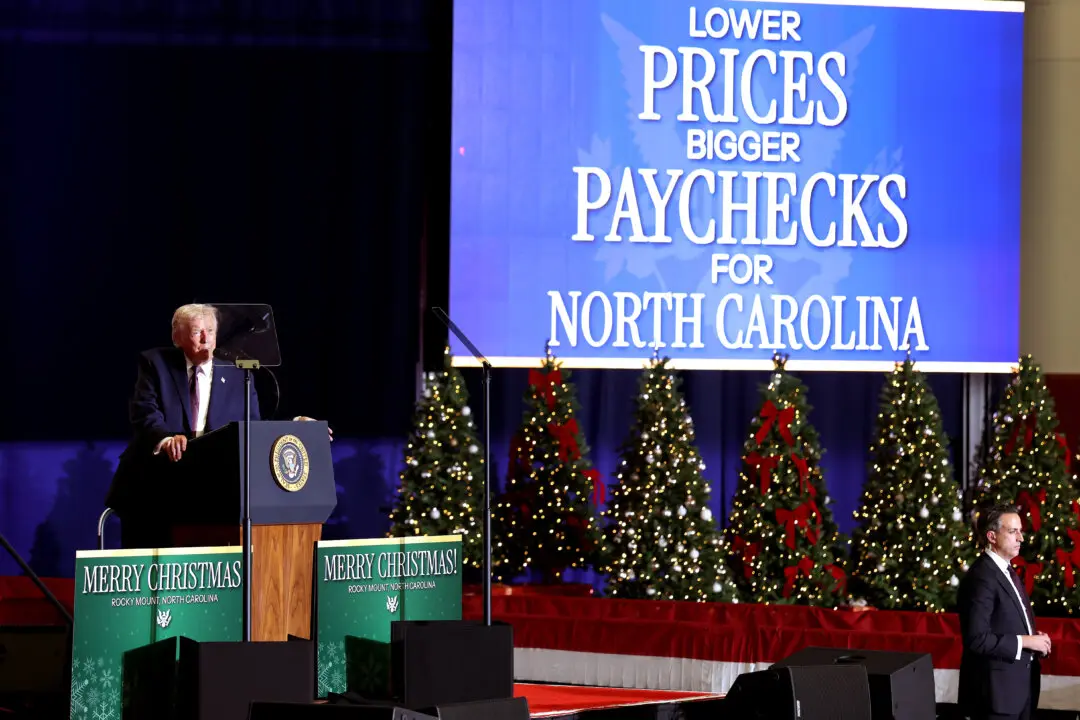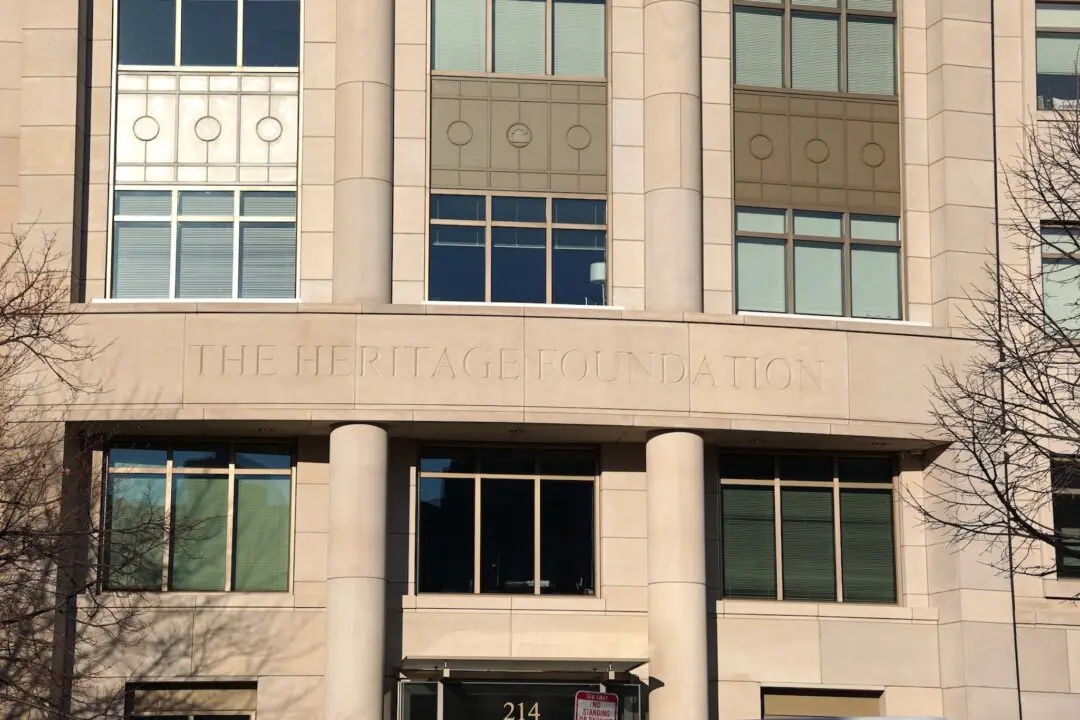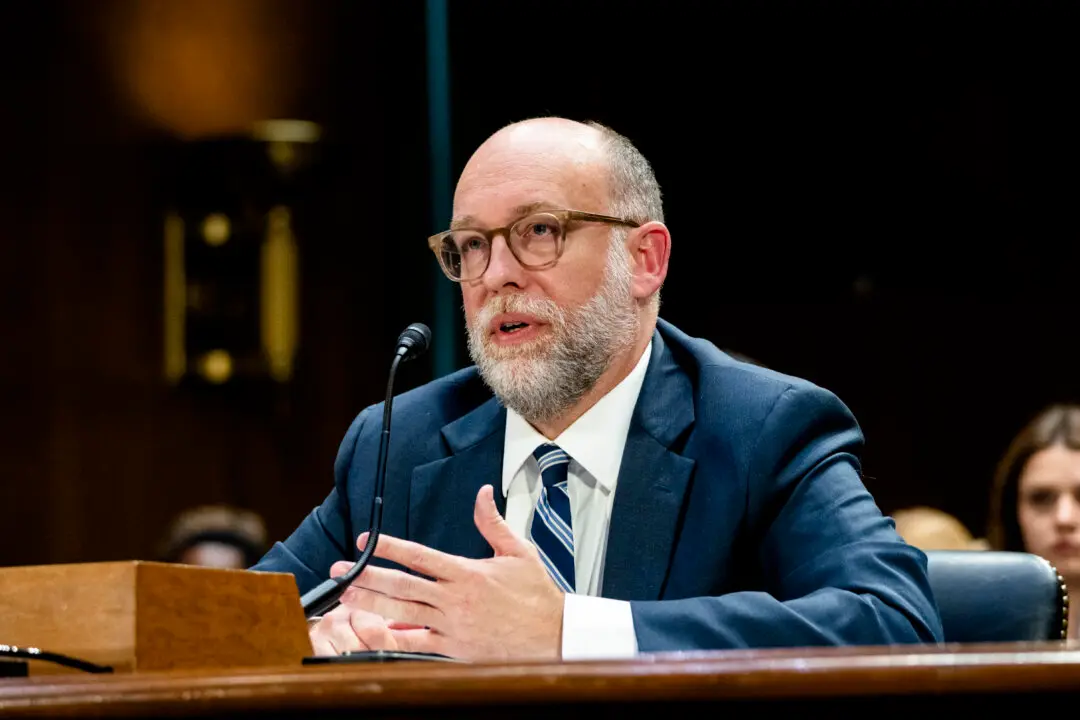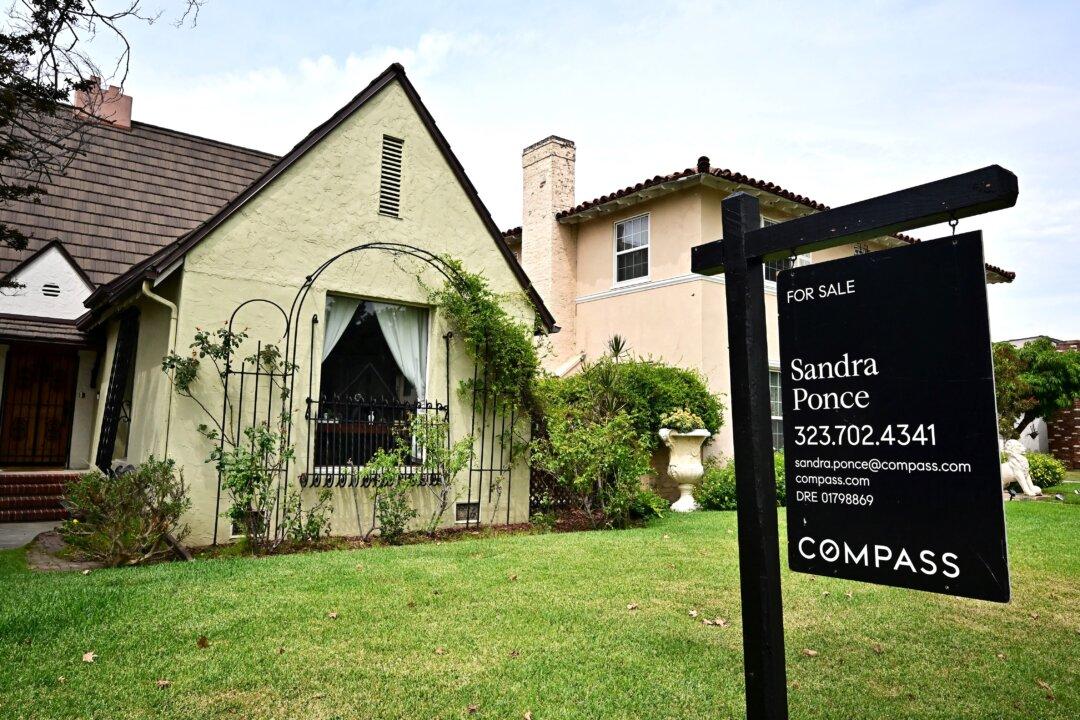NEW YORK—A weaker and more volatile Chinese economy has triggered high levels of capital outflow from the country, and so far, the United States has been the prime beneficiary.
The Chinese overseas investment spree started in 2010, motivated by the shift in the Chinese regime’s policy to promote outbound investments. Since then, a total of $50 billion has been invested by Chinese companies across a wide range of U.S. industries, with real estate attracting $10 billion.
With the stock market crash in China that began in June 2015, Chinese are investing even more in U.S. real estate, which is considered a safe haven by investors.
“Money coming in from China is as strong as it has been. We feel very optimistic that the trend will continue,” said Kathryn A. Korte, president and CEO of Sotheby’s International Realty.
Chinese investors have been riding U.S. commercial and residential real estate waves in recent years. Real estate represented nearly 25 percent of all cross-border capital investment in the United States in 2014, according to Asian Real Estate Association of America (AREAA) that hosted the East Meets West—Manhattan Luxury Real Estate Connect conference on Nov. 2.
Sun Yu, head of network research at the Financial Times, said during a panel discussion at the conference that previously Chinese people invested domestically in fund management firms, mines, and properties.
Now the tide has turned with China’s economy becoming increasingly volatile.
“The sharp decline in returns at home lead institutional investors and individuals to diversify their investments and look for safe havens. This is very good news for the New York real estate market,” said Yu.
The most attractive real estate destinations for Chinese investors are New York, London, Los Angeles, San Fransisco, and Tokyo according to Christine Zhang from the Bank of China. New York and London have replaced Shanghai and Hong Kong, which used to be top destinations for mainland Chinese investors. And in recent months, Houston real estate has become highly attractive as well.
David Friedman, president of Wealth-X called Houston, Texas the new emerging market due to its high appeal to Chinese investors.
So far, the top properties for Chinese investors in the United States have been high-end trophy properties, office spaces, and hotels. Wealthy Chinese were also the largest group of foreign investors in U.S. homes and condominiums in 2014, according to the U.S. National Homebuyers Association.
Chinese investors have started to look for opportunities across a wider range of geographies and a greater variety of asset types.






